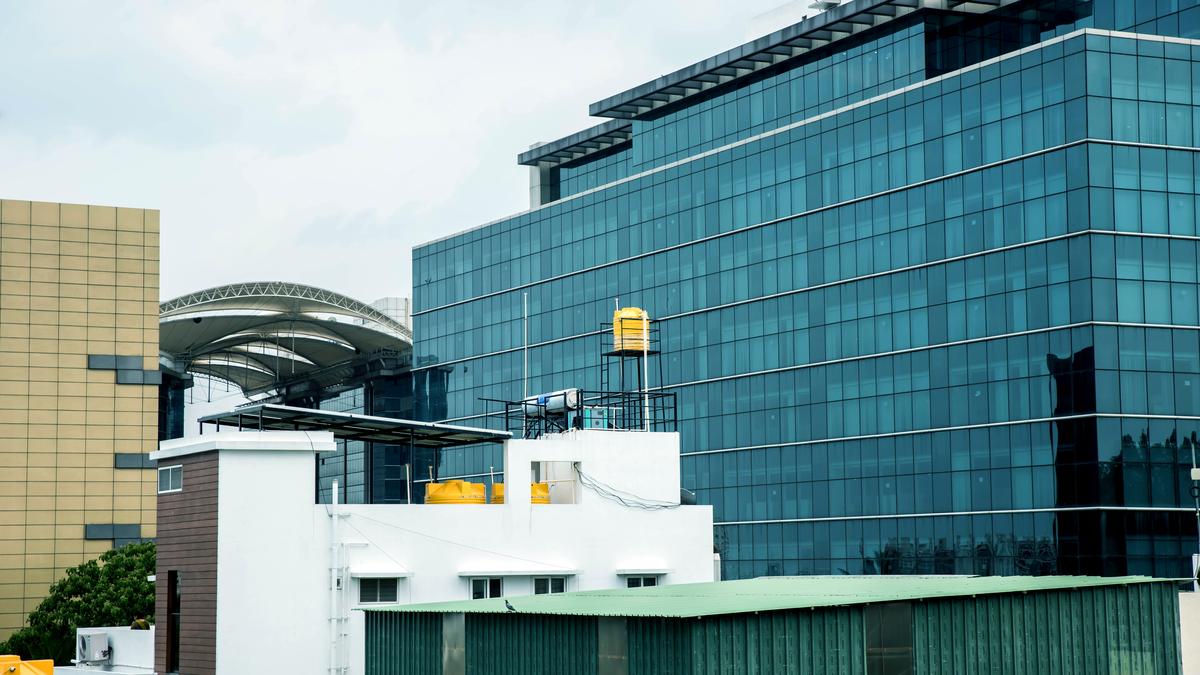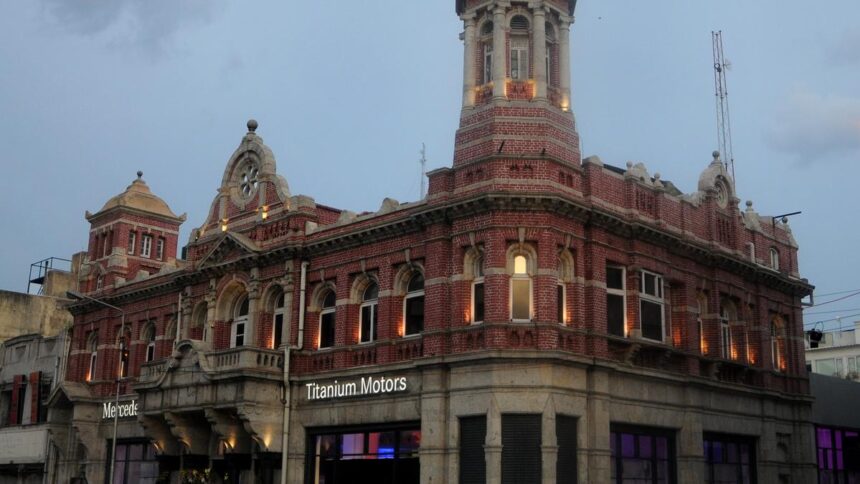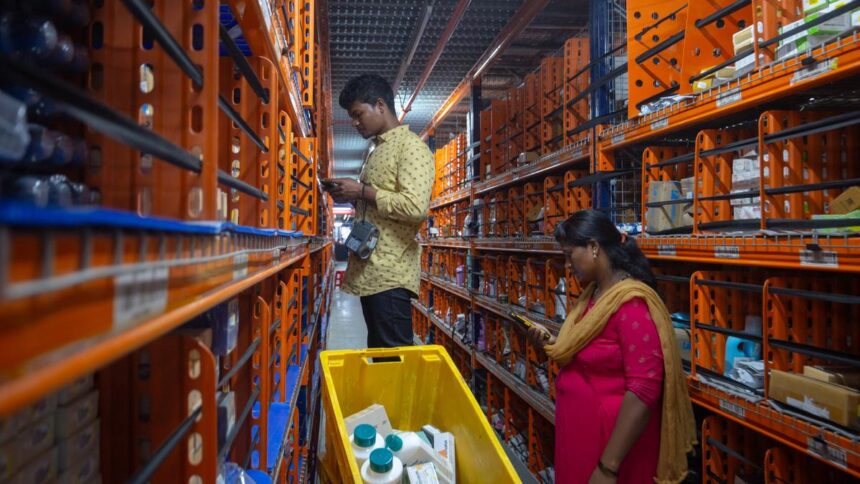
While location remains key, discerning property seekers have embraced a new standard.
| Photo Credit: Getty Images
The real estate industry is experiencing one of the most exciting transformations in its long history. What was once an industry built primarily upon location, square footage and architectural beauty, is now being elevated by breakthrough technologies that are creating unprecedented value for property owners, developers, and occupants alike. Property technology, also known as PropTech, is unlocking new dimensions of what makes a space truly valuable in the new world. This evolution includes intelligent buildings that are becoming savvy ecosystems that learn, adapt, and enhance the human experience.
The value of proptech
While location remains key, discerning property seekers have embraced a new standard. The presence (or absence) of various technological features can sway the final decision of the end consumer.
This trend is spreading rapidly across the country’s metros. Cities such as Pune, Hyderabad, Ahmedabad, and Vadodara are witnessing enthusiastic adoption as customers actively seek thoughtful living spaces that could improve their lifestyle through technology. Today’s consumer does not mind paying a premium when investing in a long-term asset that promises to anticipate their needs and comfort and elevate their daily life. Among these PropTech innovations, vertical mobility presents one of the most promising and impactful opportunities. When developers focus on providing world-class amenities, they discover the tremendous value in optimising systems that seamlessly connect every floor of their buildings.
This focus is paying dividends, as both building and customer expectations reach new heights. The numbers tell a compelling story. In a modern 30-storey commercial tower, each employee takes approximately four rides a day in the elevator. Across hundreds of such occupants, smart vertical transportation solutions that also enhance door to desk experience and efficiency can significantly boost desirability and can help buildings manage their energy consumption.
Exceptional service
Modern vertical mobility solutions are revolutionising the passenger experience. Today’s Internet of Things (IoT)-enabled systems have destination dispatching function as sophisticated optimisation platforms that can learn user patterns, anticipate traffic flows, and proactively deliver exceptional service.
When integrated with access control systems — for example, when an employee or a resident swipes an entry/exit card — these intelligent elevators can then begin moving towards these floors before passengers even make their requests, creating high-quality experiences for residents and visitors. Predictive maintenance represents one of the most valuable applications of this intelligence evolution.
Smart systems continuously monitor performance and identify optimisation opportunities well in advance, including the potential to identify issues before they could cause disruption. Buildings implementing these technologies report a reduction in unexpected shutdowns, reduced wait times, and enhanced occupant satisfaction.
These benefits create ripple effects throughout the property ecosystem. Building managers can take smarter decisions about everything from operational efficiency to leasing strategies.
Strategic advantage
Developers are discovering the remarkable solutions vertical transportation can offer when it evolves beyond simply floor-to-floor movement. Smartphones can be integrated into sophisticated building interfaces, helping occupants interact with vertical transportation systems before they even enter the lobby. For visitor experiences, the building can coordinate the entire journey, from parking allocation through intelligent routing to the final destination, creating seamless interactions for daily users and visitors alike. This system-thinking approach transforms buildings from static assets into adaptive ecosystems. These intelligent platforms generate comprehensive data about space utilisation patterns, peak demand cycles, and emerging usage trends. The resulting analytics becomes a strategic resource that helps property managers optimise operations and consider service enhancements.
As India’s skyline soars to impressive new heights and with skyscrapers becoming signature features of major cities, intelligent vertical mobility will become increasingly crucial for sustained success. Integrated buildings present exciting opportunities to implement sophisticated transportation solutions that were unimaginable just a few years ago. Progressive developers who embrace these challenges are creating vertical communities that set new standards for urban living and working.
As buildings grow taller and cities grow denser, the convergence of PropTech through IoT, data analytics, and integrated systems will make buildings more efficient, sustainable, and user-centric than ever before. In this increasingly dynamic landscape, we are just beginning to imagine what is possible.
The writer is president, Otis India.
Published – August 22, 2025 05:53 pm IST























